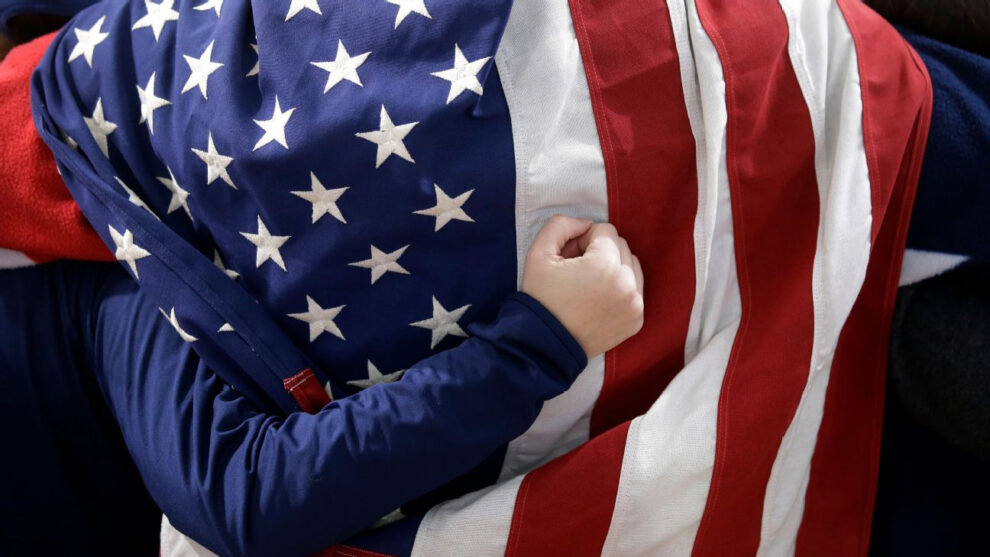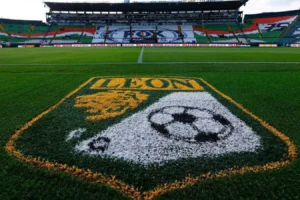A push for increased support at the grassroots level of Olympic sports in the United States could lead to the country’s government doing what so many others do—provide funding.
The Commission on the State of the U.S. Olympics & Paralympics (CSUSOP) held a hearing on Sept. 6 where ideas were heard by the independent panel that studies entities that shape the ecosystem of Olympic sports in the country.
The most notable takeaway from the hearing was the proposal that national governing bodies have incentives created to drive them to increase participation in sports at the grassroots level, with Tom Farrey, who wrote a chapter of the 1978 Amateur Sports (Ted Stevens) Act, the one bringing the idea to the table.
The founder of the Aspen Institute’s Sports & Society Program, Farrey said he “found a failure of sports governance” in the policy that currently tasks the U.S. Olympic Committee and national governing bodies with selecting and supporting U.S. teams and coordinating and developing participation opportunities.
Farrey said it’s clear the USOPC doesn’t have the funding required to do both, and thus, the money tended to go towards money-making stars headed for Olympic podiums rather than pushing for increased participation.
“It was an unfunded mandate,” Farrey said of the 1978 Act. “And within a few years, the USOPC was telling Congress explicitly that it can’t both get Americans off the couch and onto the podium, that it lacked the resources and the authority to do so. And they were right. And I think it’s time we listened.”
“What most haven’t done, and can’t do under the current Sports Act, is change their business model to prioritize mass participation and support for quality programs,” said Farrey. “They are beholden to corporate sponsors more interested in media stars, who can draw eyeballs to products.”
Farrey suggested that NGBs be required to create an annual Grassroots Performance Plan (GPP) that includes promoting participation in youth sports, among other things.
“A ‘grass-roots performance plan’ would include a strategy and reporting – verified by a third party – on efforts to grow participation rates, to recruit youth from under-represented populations, to improve coach quality, to partner with schools, to prevent all forms of abuse – emotional, physical and sexual – put whatever you want in there … and raise another $110 million, or $500 million that gets distributed based on the quality of the NGB’s ‘GPP’,” said Farrey.
“Then, re-distribute much of that money to community programs that align with best practices and deliver results.”
Farrey went on to suggest that if the grassroots aspect of sport isn’t a fit for the USOPC, the U.S. government could come into play as the entity funding the effort. He specifically suggested the U.S. Department of Health & Human Services or a government-funded program similar to the U.S. Anti-Doping Agency.
“That body should be guided by a national sports policy, which we don’t have. … Public and private funding streams should be identified to support this essential work.
“Re-write the Amateur Sports Act and center the needs of youth and communities, and watch everything that sits on top of that base flourish: more athletes, better athletes, and, yes, more Olympic and Paralympic inspiration.”
On the proposal of rewriting the Ted Stevens Act, Farrey said: “The law is not written in a manner that allows them to have a sufficient level of authority over the grassroots. It just says ‘coordinate amateur sports activity, set some national goals,’ but how? I mean, this was language that was written nearly 50 years ago. It was our first attempt at sport governance in this country. It was a start, but we can do much better.”
Jeremy Goldberg, head of LeagueApps, echoed Farrey’s sentiment but suggested funding could come directly from the federal government.
“It is also clear that there is no coherent youth sports system in this country,” said Goldberg. “First there is a lack of governance, with no real structure or standards that stewards youth sports experiences in this country.
“There is an important role for the private sector. The focus of any strategy should be recognizing and supporting organizations at the grassroots that are key agents of change.
“For organizations to have this kind of change, there’s a level of knowledge, training and professionalism that is required, as well as the accountability that goes with it.
“The Federal government should be allocating more resources to support the needs of the very organizations that are working directly with kids. An example of what is needed is H.R. 8552. That bill authorizes $75 million in grant funding to go directly to youth sports non-profits.”
While government funding would likely result in better economic numbers for Olympic sports as a whole, it could also lead to the funding being subjected to political factors that don’t always reward performance.









